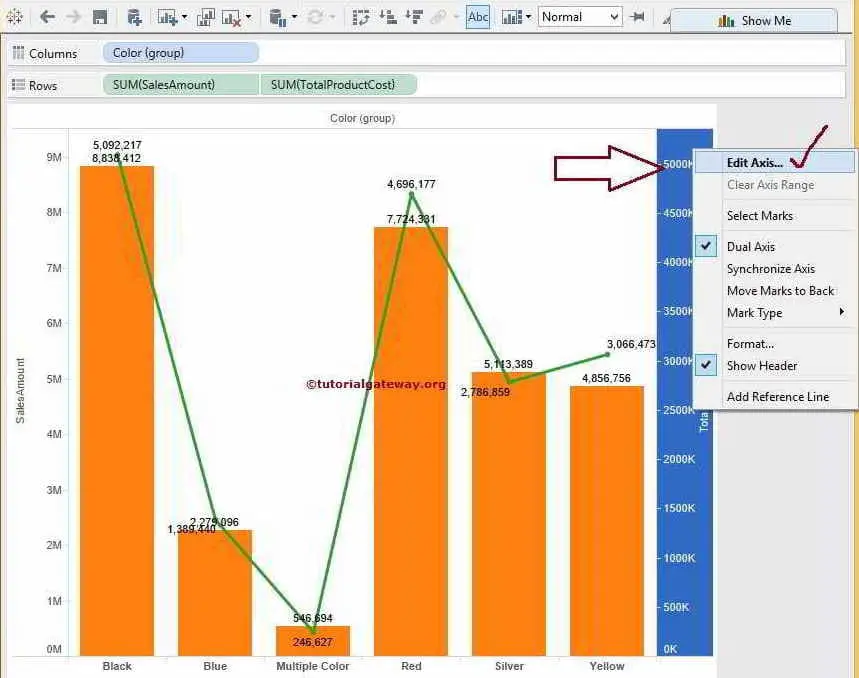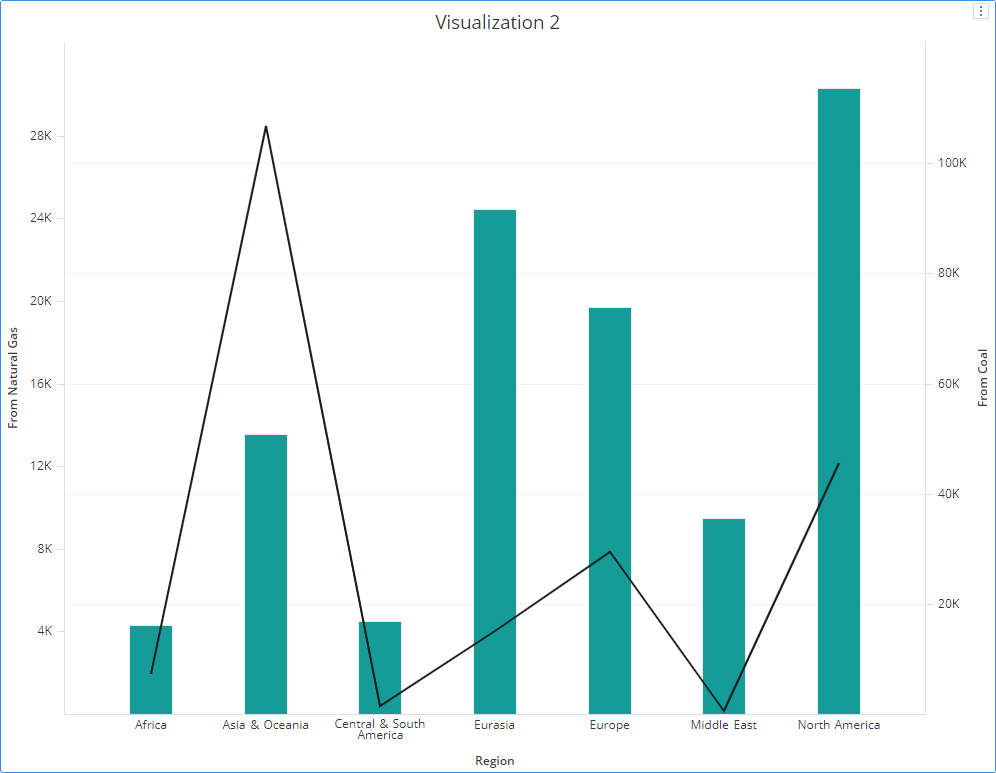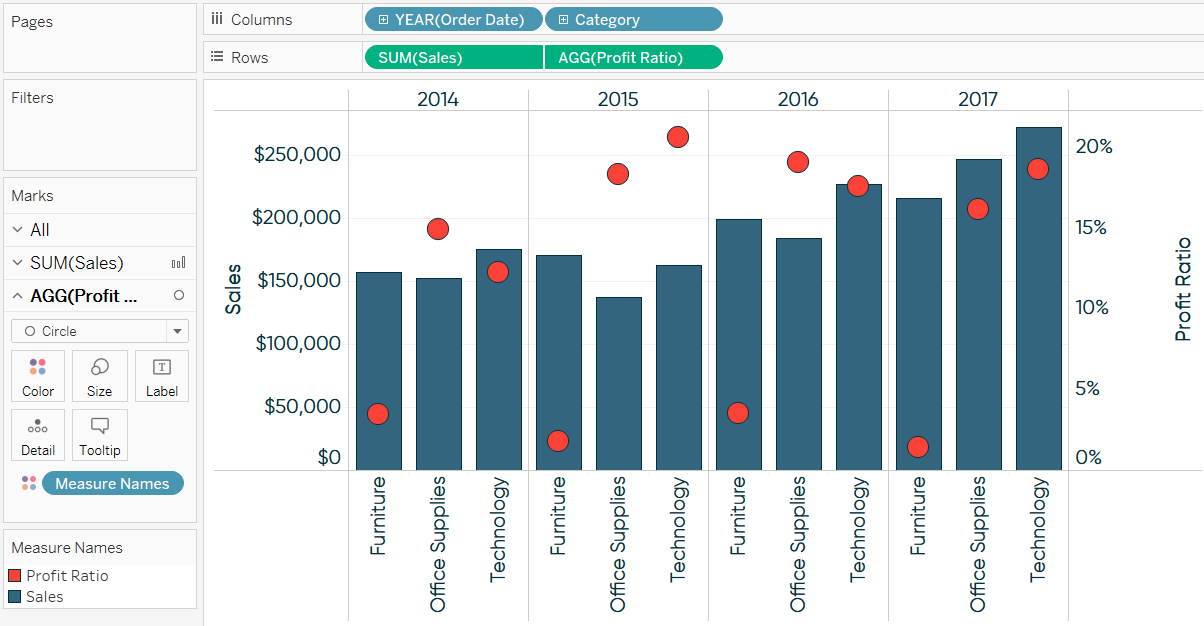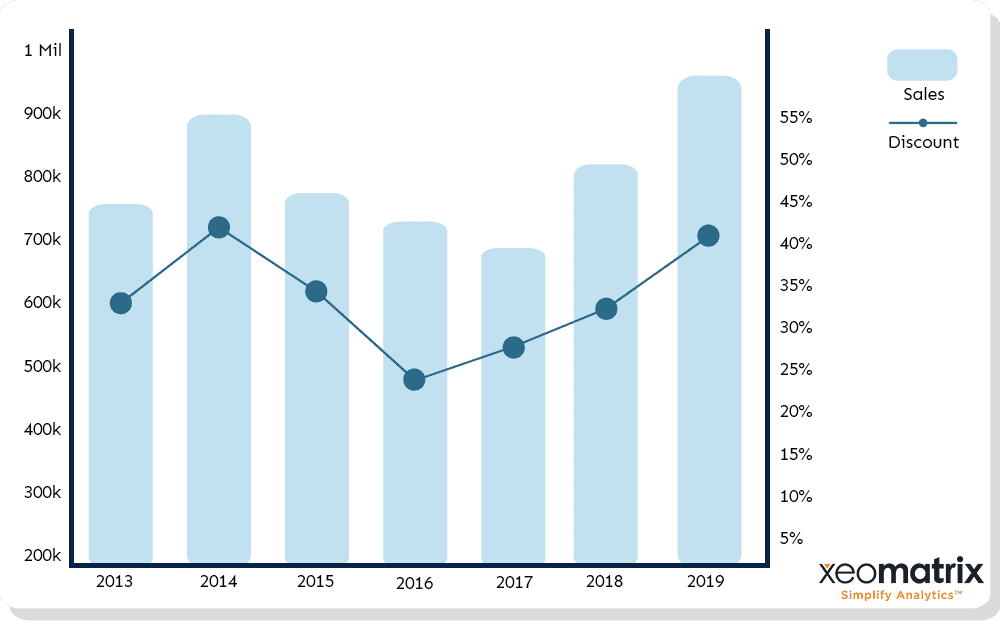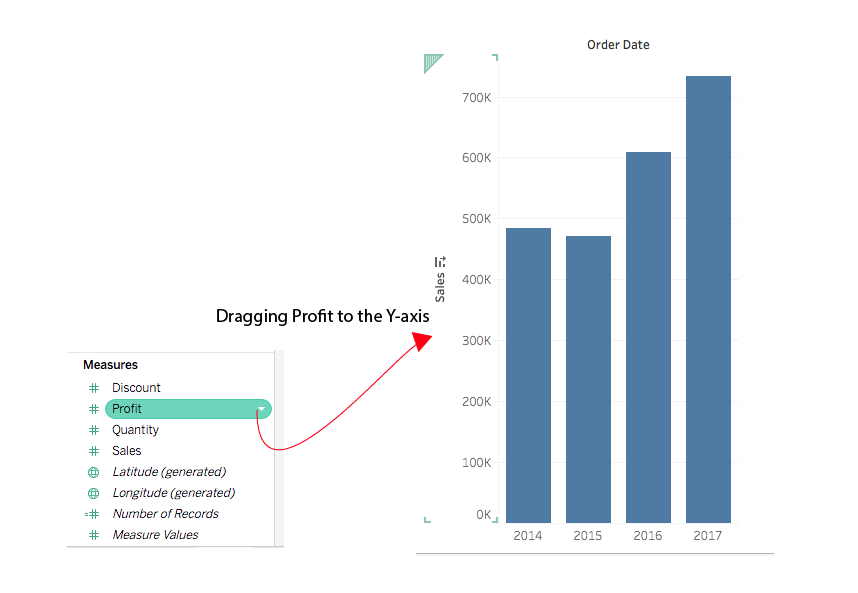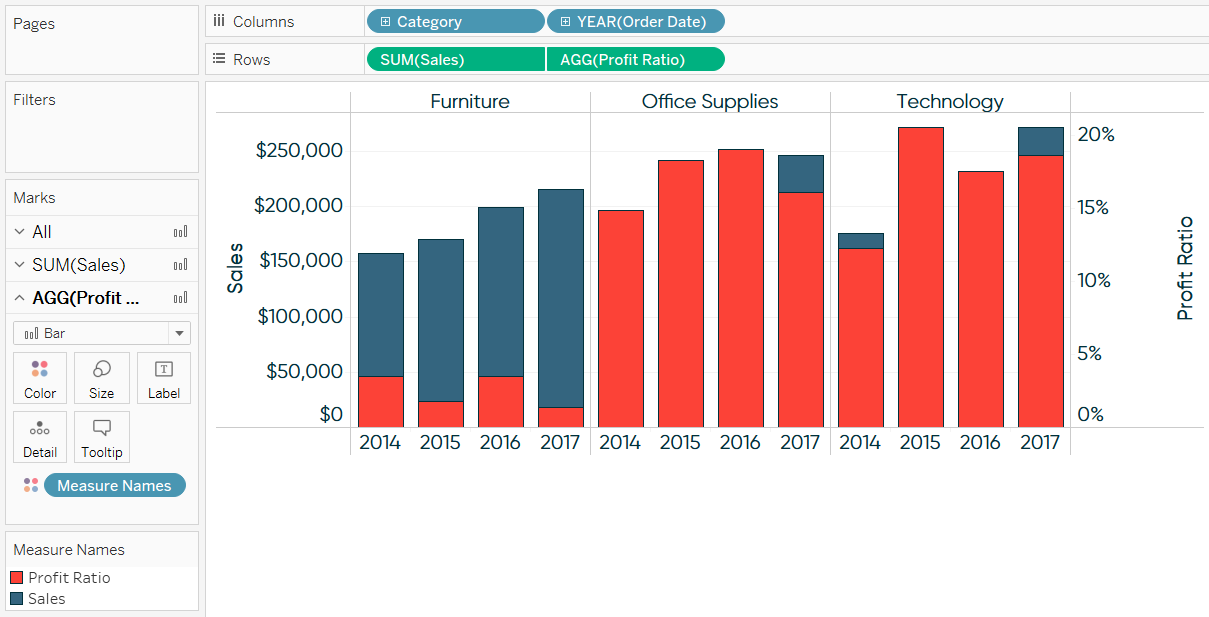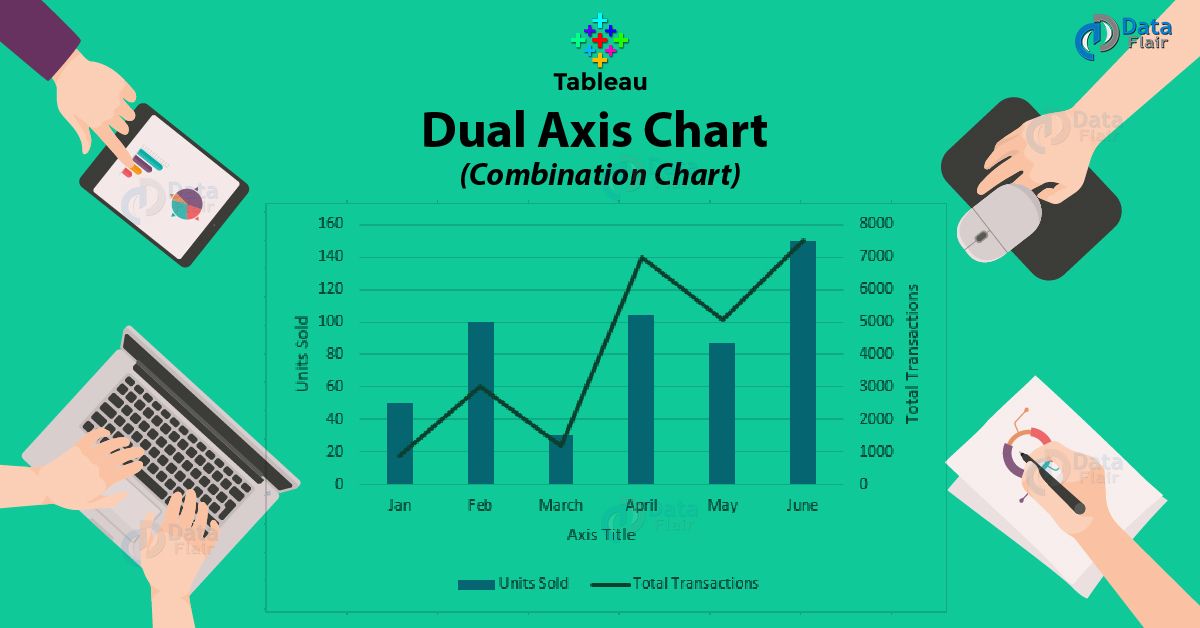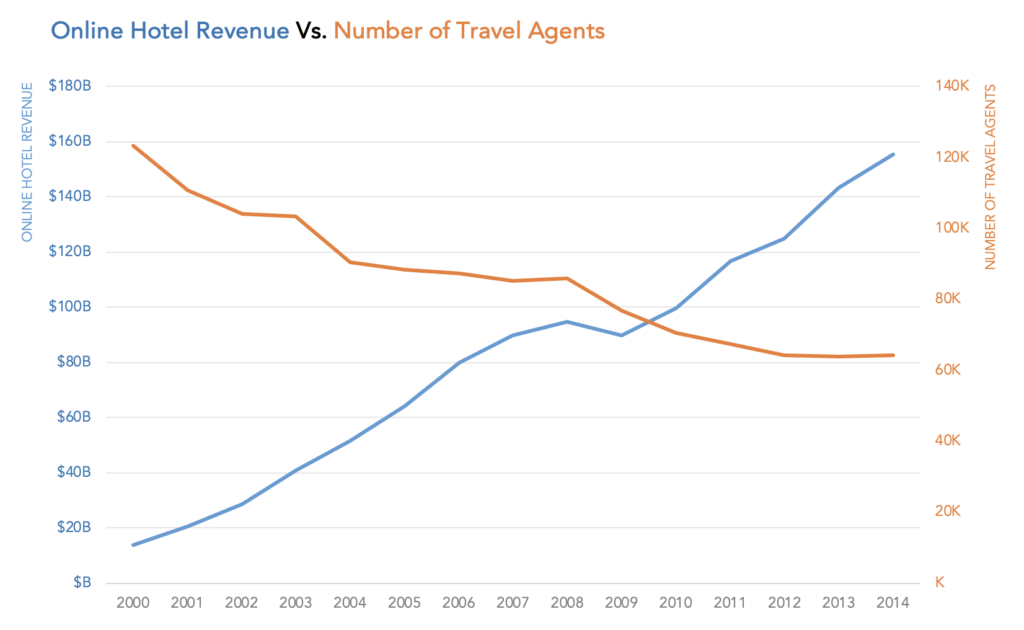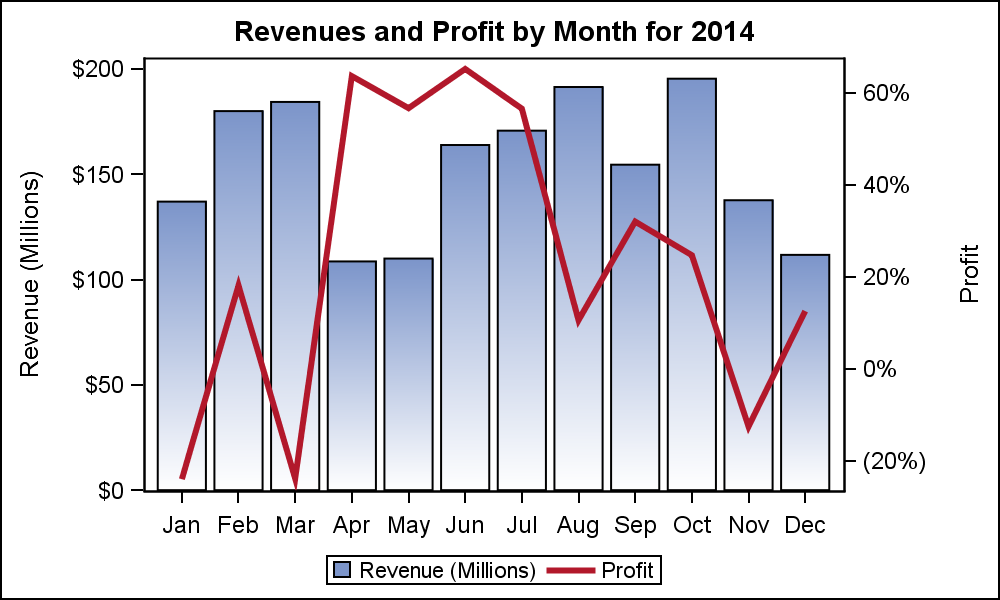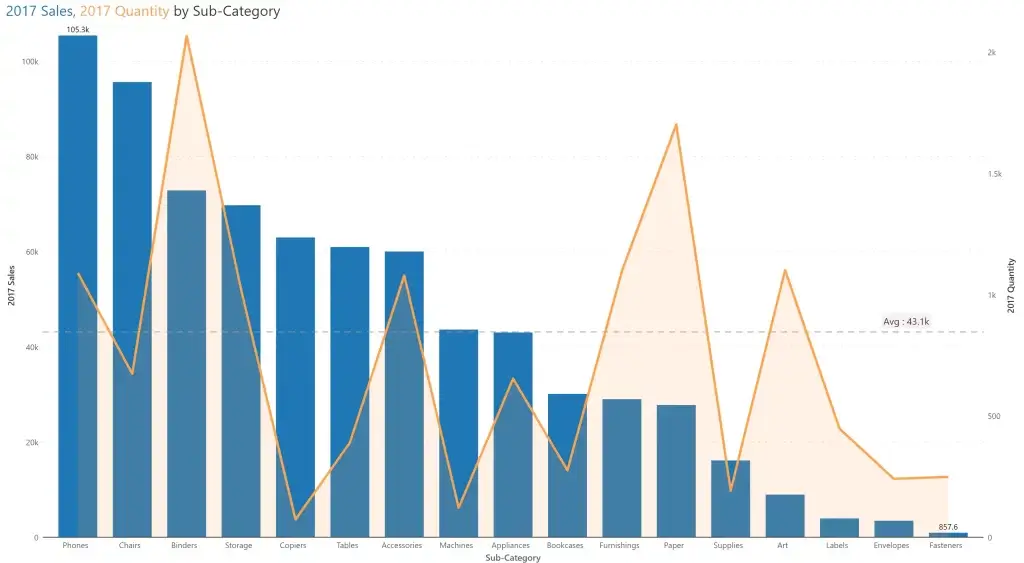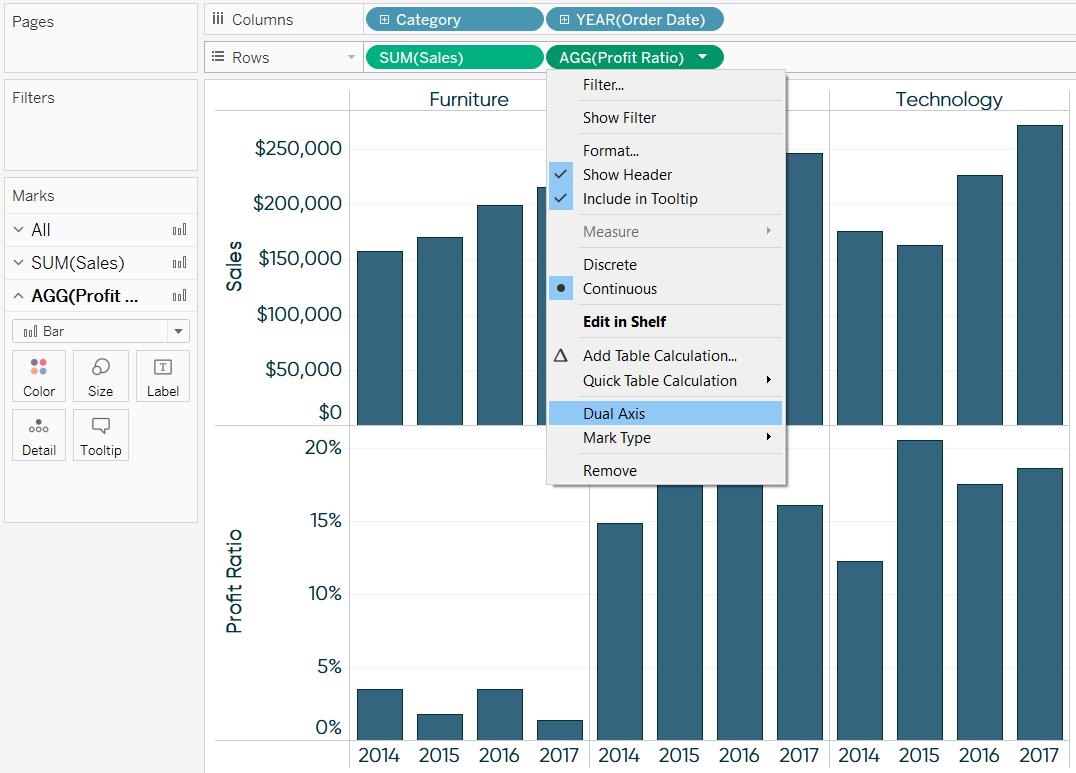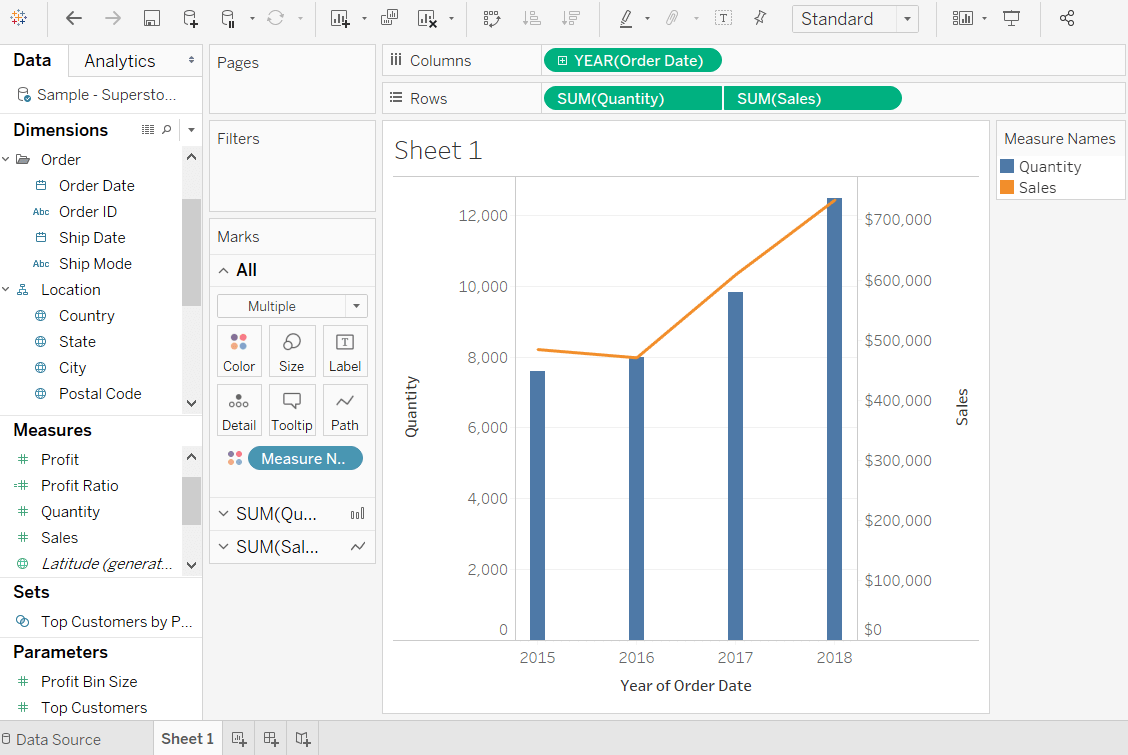Stunning Info About What Is A Dual Axis Chart And Are Its Advantages Line Tableau
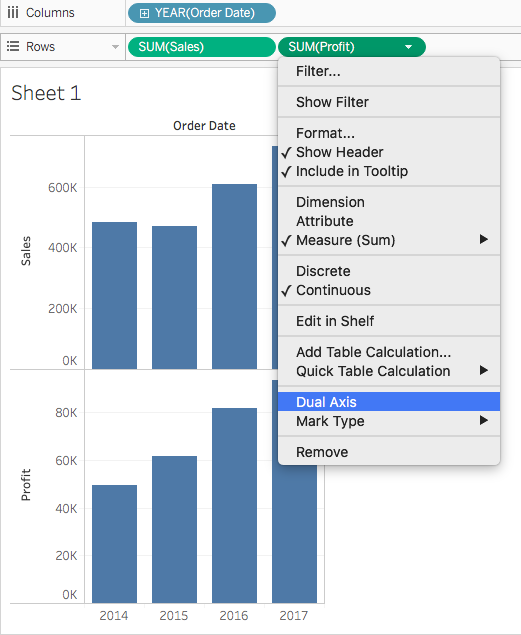
You may find yourself wanting to put two charts together on the same set of axes in order to compare two different fields.
What is a dual axis chart and what are its advantages. It’s important to remember that saying something with a chart is. A dual axis chart serves as a valuable tool in scenarios where the goal is to compare two different measures that possess distinct units of measurement or scales yet maintain a. What is a dual axis chart, and what are its advantages?
The dual axis chart allows us to visualize relative trends that might not be immediately obvious when looking at the data. The biggest advantage of this is that you have. Dual axis chart is a type of chart that has two independent axes, they can be synchronised to display data more accurately and two measures can be plotted on the.
This video introduces the dual axis chart and shows how you can have two mark types on the same. A dual axis chart (also called a multiple axes chart) uses two axes to easily illustrate the relationships between two variables with different magnitudes and scales of. A combined axis merges two or more measures into a single axis so you can plot as many measures as you like in the same chart.
B trends upwards with time in a linear fashion; A trends upwards with time in a linear fashion; Tableau dual axis charts combine two or more tableau measures and plot relationships between them, for quick data insights and comparison.
From this we might conclude: What are dual axis charts? A dual axis chart lets you combine measures that differ in scale and units.
Dual axis charts plot two data series on the same chart. The purpose of this type of visualization is to show how one set of data changes. But dual axis charts come with a host of problems that make them confusing, and even misleading.
A dual axis chart uses two axes to illustrate the relationships between two variables easily. A is greater than b to begin with;
